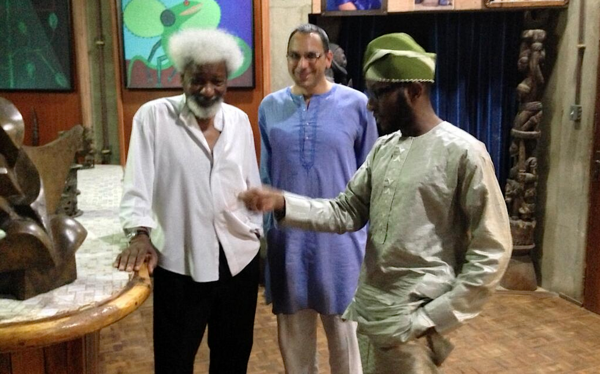
As you might have guessed from his tweets, Teju Cole was in Nigeria sometime in the summer. At some point during his stay, he paid a visit to Wole Soyinka. In a New Yorker piece, he mentions the meeting, but more as an aside. Much of the essay is about something else: Soyinka and the first lady of Nigeria had a fight. Soyinka called her a hippopotamus. She said he was an embarrassment to the nation. Soyinka fired back, called her a Shepopotamus.
It was not until the end of the essay that my antenna picked up something genuinely exciting. I have in mind Soyinka’s house. Teju describes it: Aso-oke cloth for curtains, an intriguing clutter of sculptures (or gods?). “Shadowed and quiet,” the house was perched on “the edge of the woods” where Soyinka would often go hunting like the true (literary) daemon he is.
I hope I’m not the only one intrigued by this tidbit on Soyinka’s dwelling. His house holds nearly as much fascination for me as his ideas and work. There are some who would squirm at such a confession. My post on Taiye Selasi’s sexiness got a lot of criticism. Some people felt that I was disturbing the boundary that needed to be maintained between the body of the artist and the genius of the work. My post they said was belittling and detracted from the beauty of her mind and her work.
#NoteToSelf: must value African novelists for their mind and not their bodies or things. Or maybe not. After all, when we deal with an author’s work, aren’t we also dealing with a kind of body, as in the body of the author’s work? Aren’t the body of work, the body of the woman, the image of the artist, the genius of her creativity all one broad tapestry of interlocking texts?
Teju is himself struck by Soyinka’s body. And I mean this literally. “[Soyinka], he writes, “looked vigorous, effortlessly handsome. His famous afro and beard, both a vivid white, looked less like signs of age than evidence of some unending efflorescence.” Through Teju’s gaze trained on Soyinka, we see an aging body still in bloom, “effortlessly handsome,” and strong, inhabiting a house populated with sculptures and things, poised on the edge of shadowy woods.
Are we surprised that an essay, which begins with a reading of Soyinka’s play ends with a reflection on Soyinka’s body? An artist’s body—and all the things clustered around it— is always implicated in lot more things than we imagine it to be. The road from an artist’s body to the body of his work is a very short one. Both bodies are legitimate machineries of meaning and do some of the most beautiful kinds of literary work when we place them in relation.
It is a shame that the literary world, especial in Africa, has chosen to define itself against a celebrity culture it sees as commodifying and base, as something that should be left to lesser art-worlds of pop-musicians and movie stars or to Kim Kadarshian. We are not supposed to be intrigued by the lives our favorite authors live behind the books they write for us. That is why we are forever doomed to waiting for memoirs—such pretentious things—to learn the filtered and stilted versions of the lives of these famous men and women.
Alternatively, maybe we are long overdue for a literary paparrazi industrial complex.
Image via Cassava Republic


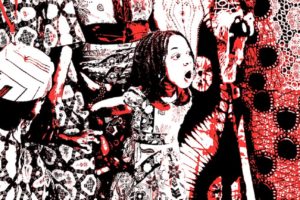

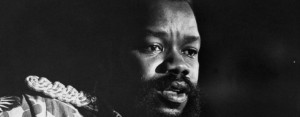
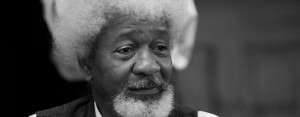
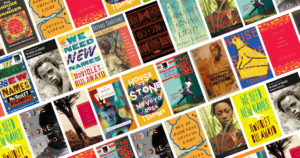

Sara Perkins September 08, 2013 13:34
I hear you on this. I have always thought of such authors as "academic" or "literary" celebrities. The description of Wole Soyinka's home sounds very cool with type of curtains and possible shrines and its location. Soyinka is wildin' out with his commentaries these days!